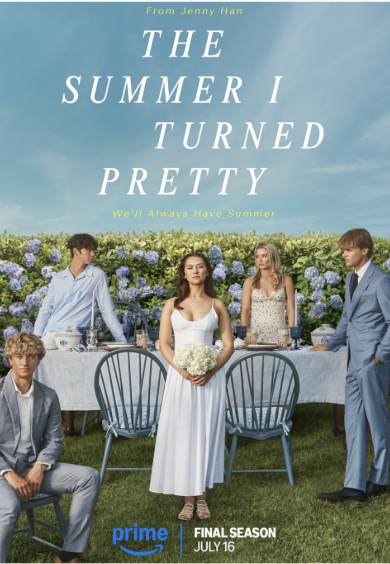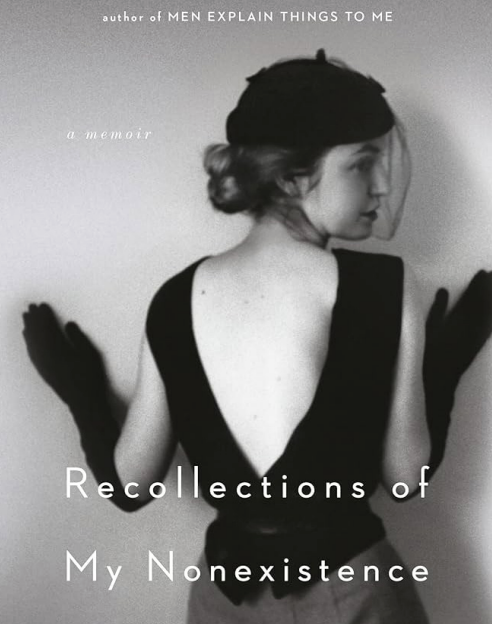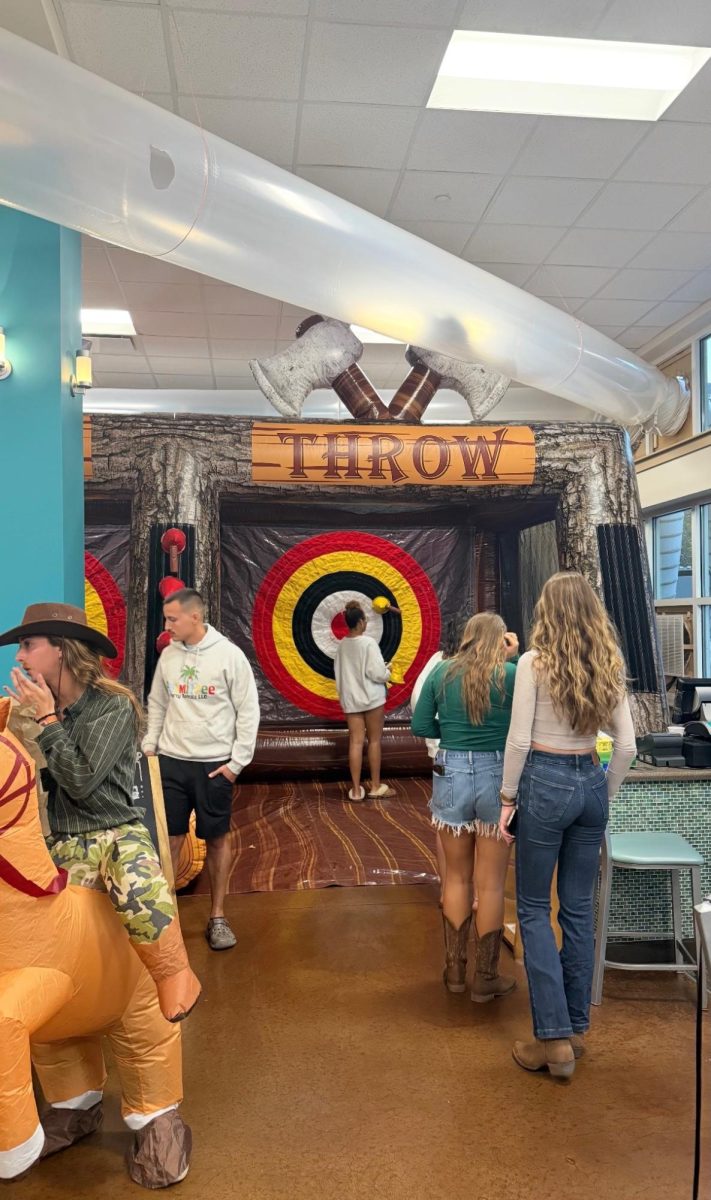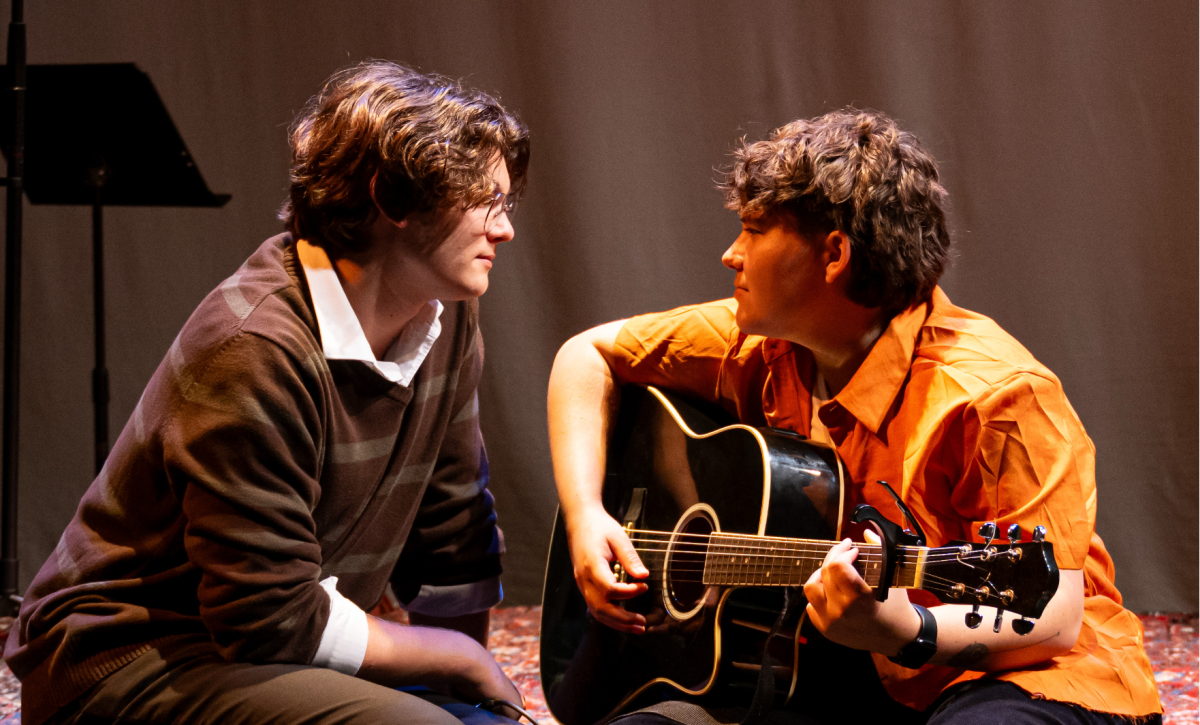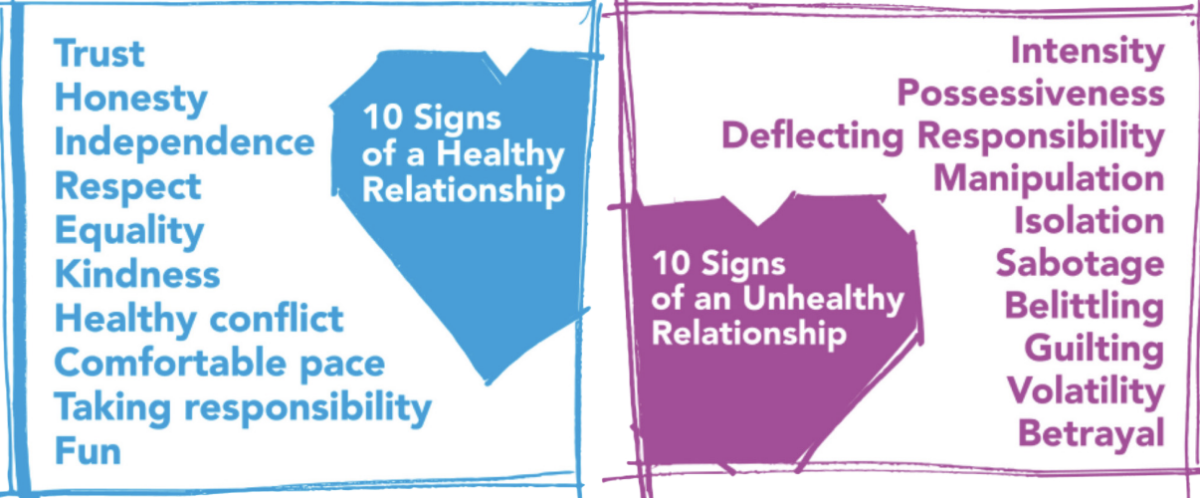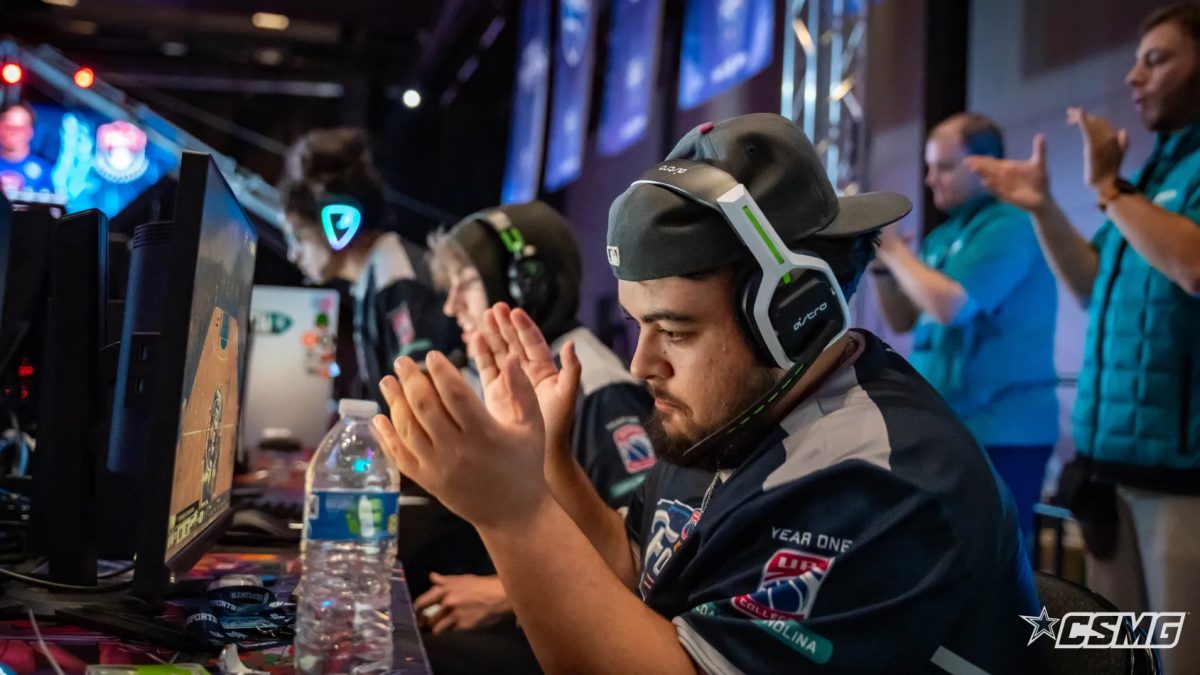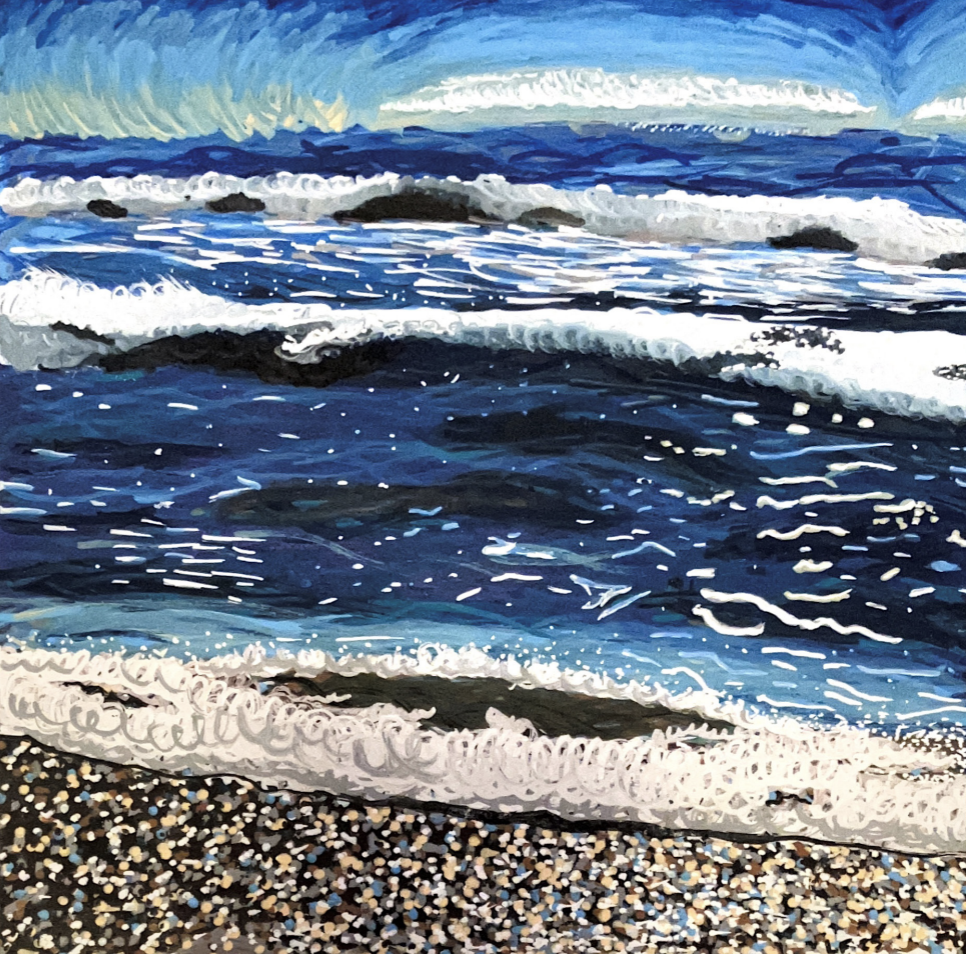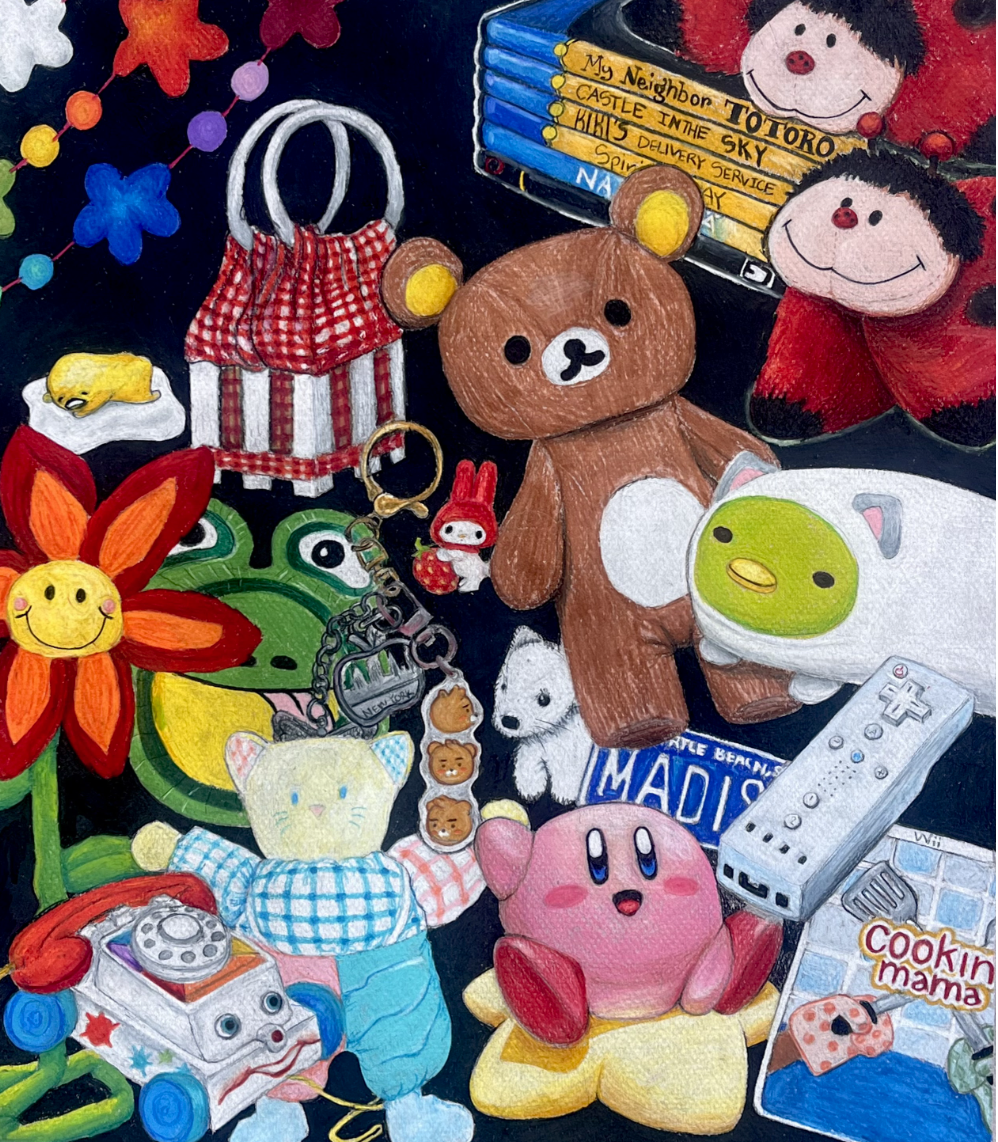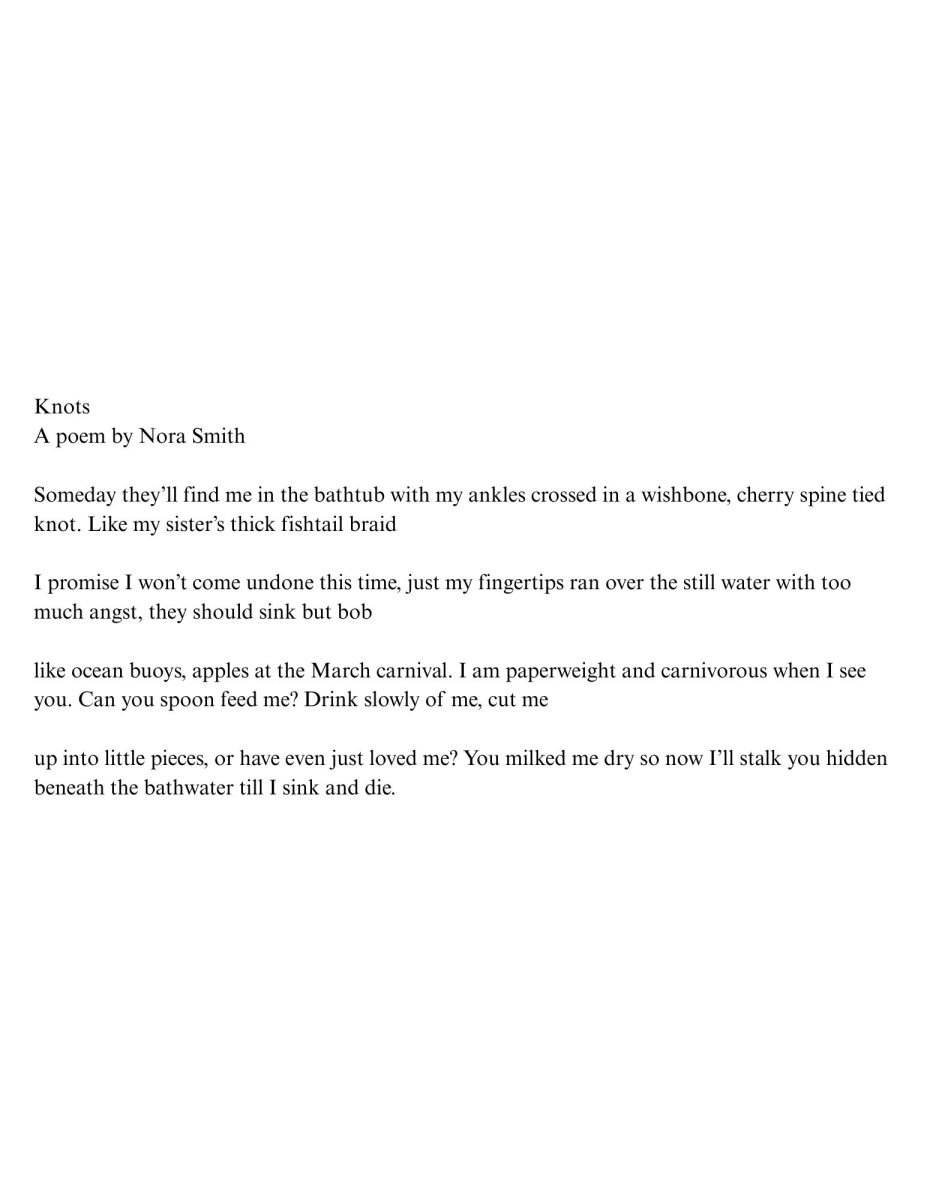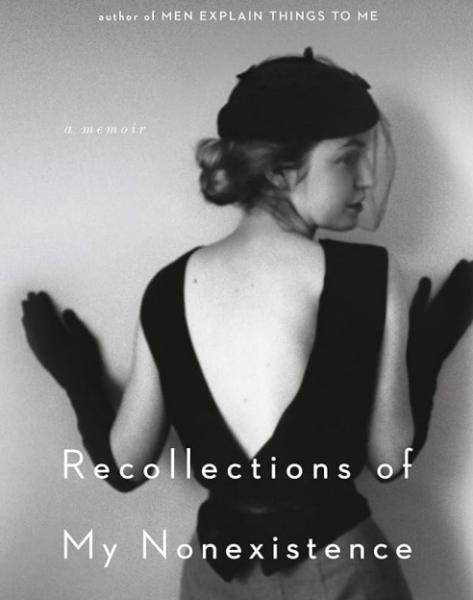Black at Coastal: Craft seen through different lens
When I was younger, I was constantly asked what I would like to be when I grew up, and I always had different answers.
Once, I said that I wanted to be a singer. I spent every day singing to a make-believe crowd made of dolls in the living room while various family members nodded in amusement. I then said I wanted to be a dancer. Every Sunday night, I would try to follow the steps of the contestants on “So You Think You Can Dance” while again, my family nodded and grinned with amusement.
I went on changing and shifting through different careers until I was introduced to writing by a family friend. I realized I didn’t want to do or be anything more than a writer and have the approving nods of those that would read and love my work. I received nods, of course, from close friends and family, but they didn’t always come from classmates and teachers when I started my writing journey.
I was almost always met with phrases of confusion when presenting my work to others. I was told by peers and mentors that my writing and thoughts were unclear and not focused, or my characters and their interactions didn’t seem believable.
The worst of them all was the utter silence I would receive after being prompted by teachers for peers to comment on my writing. I took these reactions to heart, especially when I would sit and listen to the constant praise of my classmates’ work that often confused me but somehow were met with triumph by others.
I started to think that my writing wasn’t good enough and wouldn’t meet the capabilities of the actual writers in the room—writers who did not necessarily look like me compared to the family friend who did. I realized that my peers and teachers teaching me how to write like a writer through experiencing the world did not experience the world how I did.
The characters, viewpoints and worlds I shared came from my experiences as a woman of color. A woman of color who only saw a slim number of other people of color within these class settings learning how to express themselves through their art was constantly critiqued differently from their white counterparts. I sometimes think there is a standard placed on creating art and what is deemed to be art when a white lens is placed on it, and only then can it be seen as creative or inspiring.
The writing craft, just like any artistic craft, should be viewed from multiple lenses, as this is what truly makes art.



